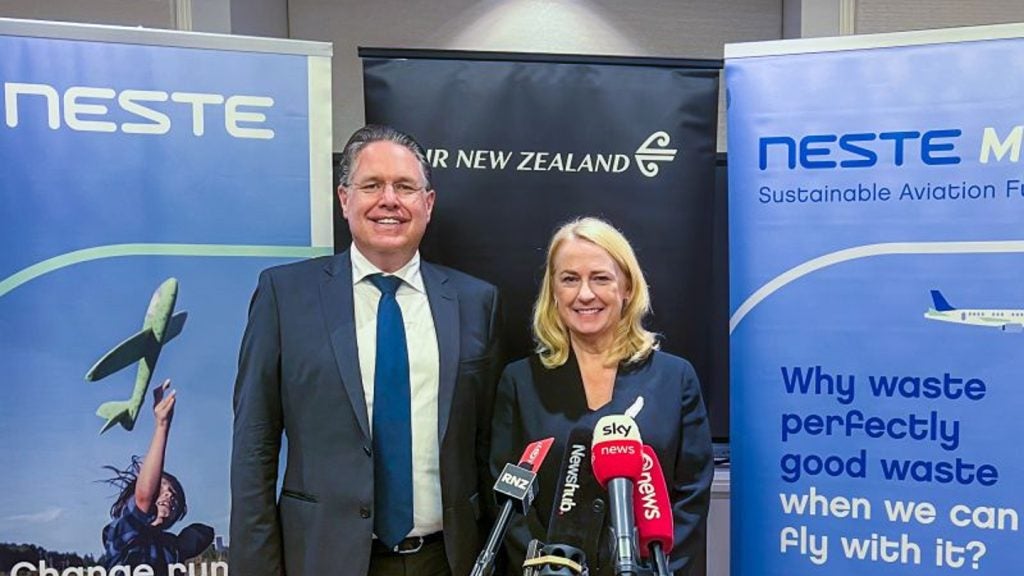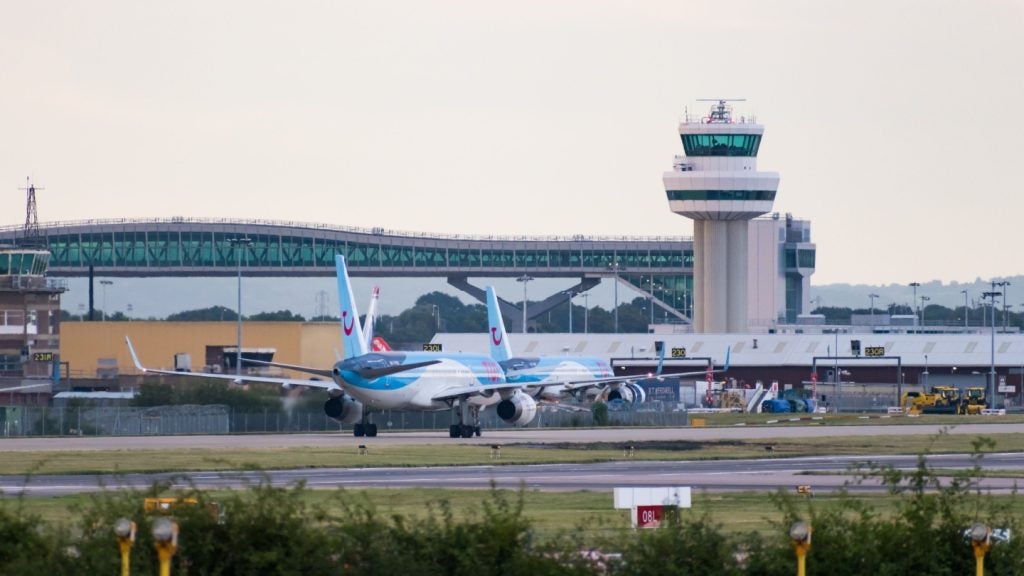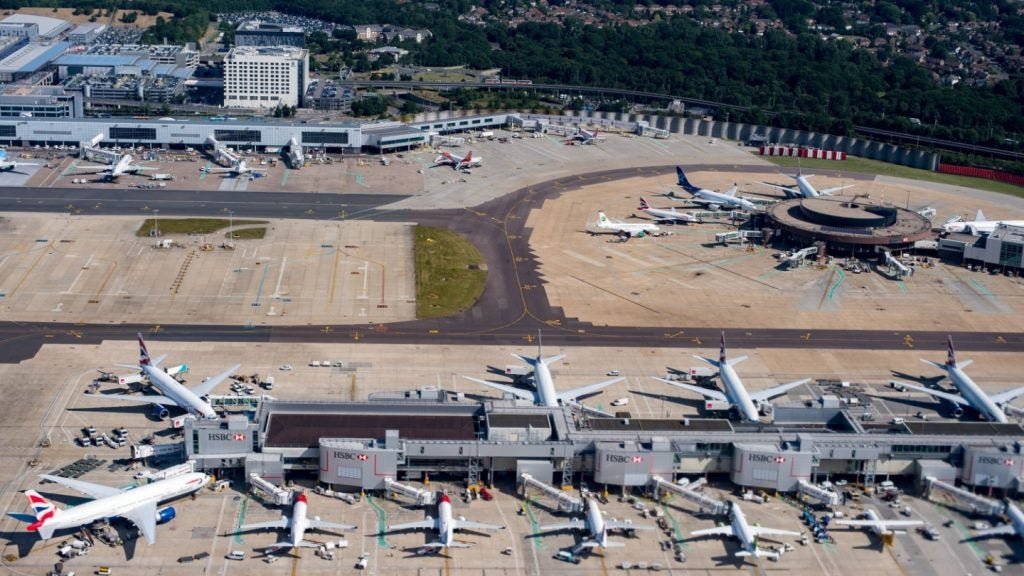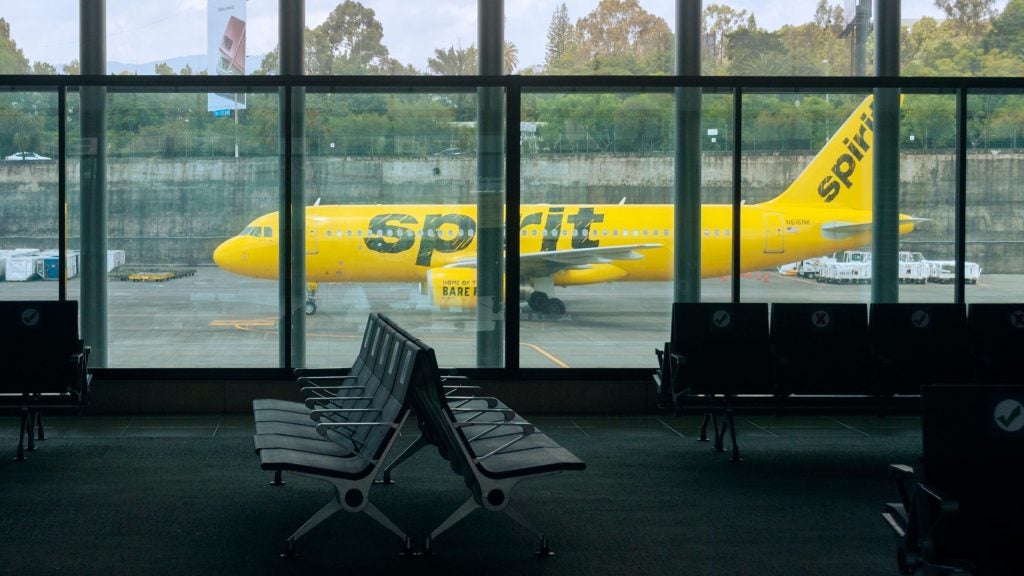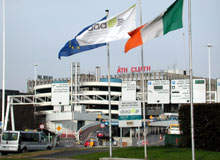
Dublin Airport Authority’s call centre was being swamped with flight information calls during peak periods. Expanding the number of agents did not make sense as the resources would be idle for most of the time, so DAA explored the option of an automated system to handle simple calls such as requests for arrival and departure times, leaving the existing operators to take care of the rest.
“We’re basically trying to weed out all of the simple, straightforward queries so our agents are free to deal with the more complex itineraries or queries,” said Suzanne McKenna, DAA’s IT solutions manager.
DAA went out to public tender in mid 2006, which was won by telephony provider Damovo and voice self-service specialist VeCommerce.
“Damovo’s proven history working on telephony solutions and VeCommerce’s expertise with speech solutions worked well for us,” said McKenna.
Clinton Alver was VeCommerce’s lead consultant on the project. He described the Dublin Airport enquiry line as ‘a classic self-service application’ with high call volumes but mostly simple transactions.
See Also:
Two main areas were automated: flight time enquiries and the directory service.
How well do you really know your competitors?
Access the most comprehensive Company Profiles on the market, powered by GlobalData. Save hours of research. Gain competitive edge.

Thank you!
Your download email will arrive shortly
Not ready to buy yet? Download a free sample
We are confident about the unique quality of our Company Profiles. However, we want you to make the most beneficial decision for your business, so we offer a free sample that you can download by submitting the below form
By GlobalDataAUTOMATED ANSWERS
DAA uses an Ericsson MD110 switch, while the VeCommerce FirstContact software (comprising the VeCafe framework, Java applications and the VXML code) runs on Hewlett-Packard DL380 servers located at the airport. The application server and recognition server run on separate hardware – the latter requires “lots of memory and lots of CPU capacity,” explained Alver.
The airport’s VeCommerce software runs on Windows Server 2003, with Apache Tomcat as the application server. Other applications servers can be used according to customer preference.
The system went live by the end of 2006.
“The rollout process was very straightforward,” said McKenna. “The main area which was time consuming for all involved was establishing the call flows for the flight information module. It was key for DAA to get this right and give the customer the information they required as quickly and efficiently as possible.”
Some VeCommerce users need an open dialogue system that can handle many different requests phrased in various ways, and this requires an analysis of a large number of calls and of the ways live agents dealt with them. Where some other systems ask ‘What are you calling about today?’ DAA’s opening question is along the lines of ‘which person, department or service do you require?’ While the DAA system has relatively few functions, and so stands a good chance of interpreting a request correctly, it is still important to get the flow right.
If the system cannot determine the nature of the call from the response, it delivers a directed question like ‘if you would like flight information, say “flight information”; if you would like…’
People tend to be regular callers, so if their first encounter with the system goes down that path, they tend to use the correct terminology during subsequent calls. Most users are comfortable using the system after one or two calls, said Alver.
TESTING AND CALIBRATION
Once the automated system was set up and tested, a limited number of calls are allowed through to it during the calibration period when the software is initially tuned and initial feedback from staff and customers taken into account. “There’s no other way to do it,” said Alver – real-world use is the only way to find out how ordinary people will approach the system. After a few weeks, progressively more calls were handled automatically.
Around 70% of callers are able to get the flight information they need without recourse to a human. The system gets two chances to deliver, after which the call is transferred to an agent in the call centre.
The directory service is more complex than might be expected, as DAA’s phone system covers multiple organisations located at the airport, many of which have more than one department and significant staff numbers.
But the main stumbling block has been the pronunciation and recognition of Irish names, with a success rate as low as 40%. “We are currently working with VEC on some improvements in this area,” said McKenna, but so far this part of the system has only been rolled out to internal users.
But the overall project is judged a success. “For DAA it is all about service levels for our customers. [The flight information system] has improved the overall level of service offered to our customers and allowed our information centre to handle the more complex of queries.”
“The system has been very stable since the overall implementation with any issues being resolved by VeCommerce and Damovo within the required time frame,” said McKenna.



